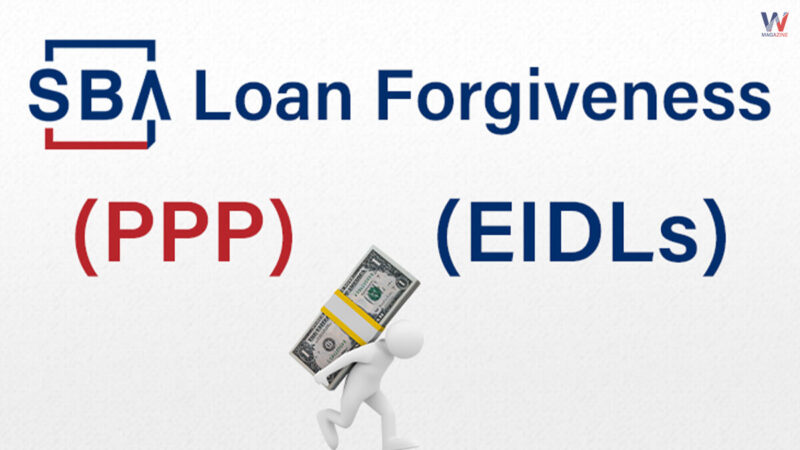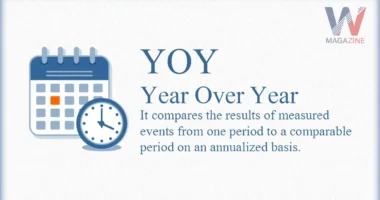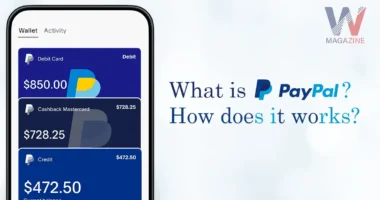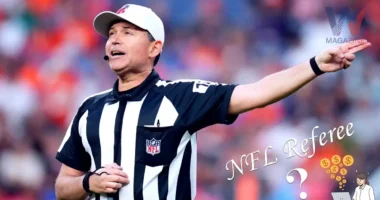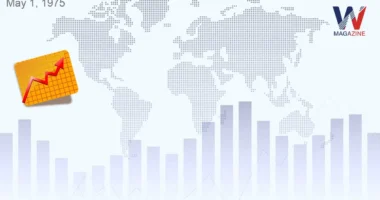Table of Contents
After COVID-19, small business owners faced confusion about the various loan options available through the Small Business Administration (SBA). This guide will explain the different emergency loan programs provided by the SBA. By learning about these loans and their forgiveness options, small business owners can better understand their choices while selecting a business loan.
“With growing business needs, you have to shift your office to a new place. While moving, you must be familiar with the difference and impact of office leasing vs buying.”
Paycheck Protection Program (PPP)
The Paycheck Protection Program (PPP) was a loan initiative created by the Small Business Administration (SBA) during the pandemic. It aimed to help small businesses keep their staff employed and prevent layoffs. Nearly 5,500 lenders nationwide disbursed these loans.
Businesses could borrow up to $10 million through the PPP. The amount you could borrow was based on your payroll expenses. For example, If you were a sole proprietor, you could borrow enough to cover 2.5 months of your salary, but only up to an income of $100,000. So, no matter how much more an employee might earn, the calculation for their PPP loan was capped as if they earned $100,000 a year.
PPP loans had a very low interest rate of 1 percent. Initially, these loans needed to be paid back in two years, but later, the repayment period was extended to five years for some loans. No collateral or personal guarantees were required. These loans could be completely forgiven if you kept your employees and used the loan for approved expenses.
The PPP program closed on May 31, 2021. However, if you already have a PPP loan, you might still apply for forgiveness until the loan is due to be fully paid.
“PPP loans are completely forgiven if the employee retention conditions are met and the funds are used for qualifying costs.”
Economic Injury Disaster Loans (EIDLs)
Economic Injury Disaster Loans (EIDLs) are different from PPP loans. The main goal of an EIDL is to help cover financial needs and ongoing expenses that a business could have managed if a disaster, like COVID-19, hadn’t happened. For instance, if you owned a restaurant that had to close due to local COVID restrictions, an EIDL could help you pay for things like rent and working capital.
The Small Business Administration (SBA) stopped accepting new applications for COVID-19 related EIDLs on January 1, 2022. They also stopped processing requests for increased loan amounts and reconsidering declined applications as of May 6, 2022. However, you can still apply for EIDLs for other types of disasters. These loans have interest rates of up to 4 percent.
One unique aspect of EIDLs, compared to other SBA loans, is their 30-year repayment term. This long repayment period can make the monthly payments quite low, which is helpful because of the relatively low interest rate.
Differences with the PPP Loan
If you get an Economic Injury Disaster Loan (EIDL) and it’s more than $25,000, you’ll need to use your business assets as collateral. For instance, if you own a restaurant and borrow $50,000 through an EIDL, you have to secure that loan with your business assets.
Another key difference is the personal guarantee requirement for EIDLs over $200,000. This means if you take out a large loan and your business shuts down, you’re personally responsible for paying back that money.
EIDLs have to be paid back over a 30-year period and they aren’t forgivable like some other loans. However, you can pay off the loan early without any penalties.
“It’s important to note that EIDLs are long-term loans meant to be paid back over 30 years and they’re not forgivable.”
Offer in Compromise
The ‘Offer In Compromise’ (OIC) is a process used primarily for SBA 7(a), Express and 504 loans, although disaster loans have a similar process managed by a different office. The OIC applies to the most commonly utilized SBA loan, the 7(a).
Eligibility & Approval
To qualify for an OIC, you must demonstrate that you’re facing significant financial difficulties and are unable to repay the full amount of your loan. Essentially, this means you can’t fully pay back the loan but can offer to settle for a lesser amount.
Business Operations
For a business to be eligible for an OIC, it must stop operating. This means you should no longer be taking new clients or producing products. You can still collect any outstanding payments or finish up projects before you submit your offer but the business must essentially be shut down.
Guarantor
The OIC usually applies only to the guarantor, not the business entity itself, unless you make a separate offer for the business. If your OIC is accepted, the business’s legal entity remains liable for the debt. In other words, the debt isn’t completely forgiven, instead, the guarantor is released from obligation in exchange for a payment.
Process
Submitting an OIC requires more paperwork than applying for forgiveness through a PPP loan. You’ll need to provide a personal financial statement, tax returns, pay stubs and bank statements to show you can’t pay the full debt.
Your original lender must review and recommend your OIC before it goes to the SBA. If your lender doesn’t agree with your proposed terms, your OIC won’t be presented to the SBA. This differs from a PPP loan, where you simply submitted an application for forgiveness directly to your lender.
Comparison with PPP Loan Forgiveness
Lenders and the SBA handle PPP loan forgiveness differently from the OIC. PPP loans are fully reimbursed by the SBA, whereas SBA 7(a) loans are usually only 75 percent reimbursed. This means the lender absorbs a 25 percent loss on any debt forgiven through the OIC, making them scrutinize these offers more critically.
Frequently Asked Questions
What is an SBA Loan?
An SBA loan is a small business loan partially guaranteed by the government (Small Business Administration), designed to help small businesses grow by providing easier access to capital.
How to get an SBA Loan?
To obtain an SBA loan, you’ll need to apply through an SBA-approved lender and provide detailed information about your business and financials.
What is the Likelihood of being Approved for PPP Loan Forgiveness Versus a 7(a) Loan?
Getting PPP loan forgiveness tends to be easier, as it mainly requires proving the funds used appropriately. In contrast, an OIC for a 7(a) loan requires demonstrating significant financial hardship and is subject to more rigorous review.
Will there be a Forgiveness Process Similar to an OIC for EIDLs?
While EIDLs typically are not forgivable, there might be a settlement process similar to an OIC but it is expected to be more challenging to negotiate than with 7(a) loans.
What About Taxes?
PPP loans forgiven are not taxable. However, for partially forgiven 7(a) loans, the forgiven amount is considered taxable income and will be reported on a 1099-C form.
